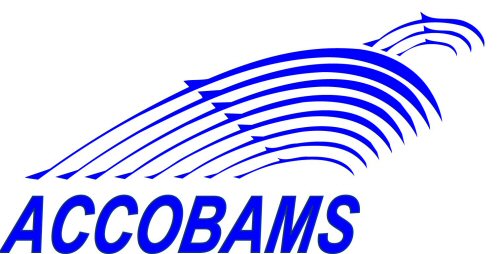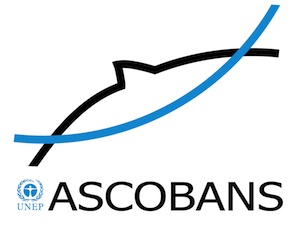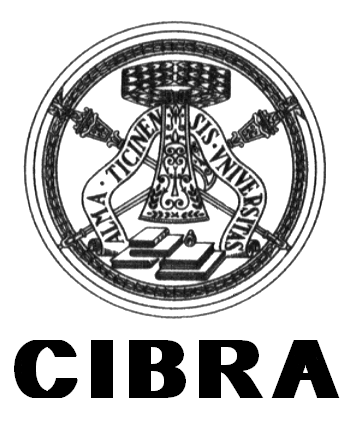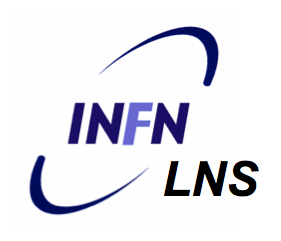|
Università degli Studi di PaviaCentro Interdisciplinare di Bioacustica e Ricerche
Ambientali
Via Taramelli 24 - 27100 Pavia - Italy |
||||
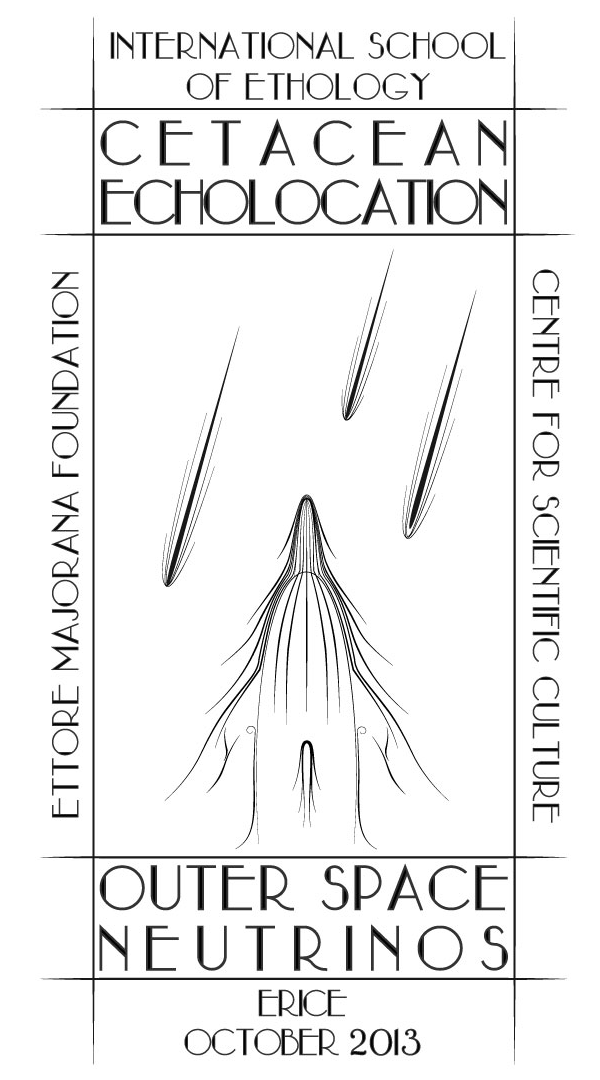 |
||||
Ettore
Majorana Foundation and Centre for Scientific Culture
|
||||

The
development of underwater ocean observatories has
stimulated new interactions between disparate
disciplines to optimize their sensors and
layout. Observatories
based upon underwater cables are expensive to install
and difficult to move, but they offer particular
promise for long term observational data sets unlike
any gathered to date. The cost and opportunity argue
for planning and technical exchanges from as broad an
array of disciplines as possible. One of the least
predictable synergies has come from interactions
between astrophysicists working to detect light and
acoustic signals from neutrinos and marine biologists
listening to the sounds of marine animals (Nosengo,
Nature 462, December 2009).
Marine bioacoustics, acoustical oceanography
and astroparticle physics have now many aspects in
common; while they are distinctly
different disciplines that have not interacted in
the past, they have begun to converge in the
project NEMO (Neutrino Mediterranean Observatory)
managed by INFN-LNS (Istituto Nazionale di Fisica
Nucleare – Laboratori Nazionali del Sud) with
important national and international partners. This
cooperation among different disciplines is further
developed within SMO (Submarine Multidisciplinary
Observatory), an INFN project funded by the Italian
Government, and extends in the EU-ESFRI project KM3NeT
aiming at the construction of a km3-scale deep-sea
laboratory incorporating a neutrino telescope.
Acoustics
is a particularly good medium for remote sensing in
the ocean because sound propagates more efficiently
than other cues. Long range propagation means that
sounds from many sources are often detected by ocean
acoustic sensors. Rather than having each discipline
search for their signal of interest among what is
treated as random noise, it may be more effective for
all of the disciplines to work together to tease apart
their signals of interest from ocean acoustic sensors,
helping one another to separate each desired signal
from undesired ones. This will require each discipline
to acquire a deeper understanding of the other
relevant disciplines than is common in today’s
partitioned world of science. This workshop is intended to join these
different disciplines to promote the understanding
of the underwater acoustic world and the development
of common research strategies and tools. The
workshop will focus on the study of the acoustic
behaviour of marine mammals, on the acoustic
detection of neutrinos in the sea, on the sources of
sound in the ocean, on the sharing of detection
technologies, and on the related technological
challenges with a broad interdisciplinary approach. On goal of the
workshop will be to explore technologies that can
improve acoustic detection capabilities, to serve both
biological and physical studies. Another goal is to
explain the basic scientific issues driving both
communities. We will explain the source of acoustic
signatures of neutrinos from space, and will explore
the sensory and cognitive skills that have allowed
mammals to successfully exploit the marine environment
and to evolve as top predators there by using
acoustics.
The workshop is
ideally related to an early workshop “UNDERWATER
BIOACOUSTICS: Behavioural,
Environmental & Evolutionary Perspectives”
organized by the International School of Ethology in
1994.
To balance the
very different themes of the workshop, the following
main sessions are planned:
The expected audience would come from
different disciplines, mainly marine biology, marine
bioacoustics, ethology, acoustics, mathematics,
acoustical oceanography, astroparticle physics and
embraces many science fields related with the study,
monitoring and conservation of the marine
environment.
Top
scientists will present the state of the art in
their peculiar disciplines and selected contributes
will be presented by participants in a context open
to discussion and knowledge sharing in the warm and
friendly environment of the Ettore Majorana Centre. Scientific
sponsors
October 17th - Arrivals
Day 1 - October
18th 08:30 – Registration
formalities 09:30 – Acoustical
Oceanography ·
Henrik Schmidt (MIT, US) - Nested Autonomy: A
Robust Operational Paradigm for Adaptive and
11:00 - Acoustic
communication, vocal learning and cognition in
marine mammals ·
Brandon
Southall (California Univ., US) – Overview of vocal
parameters and hearing abilities in pinnipeds and
cetaceans 14:30 -
Astrophysics with acoustics in deep sea ·
Lee
Thompson (Sheffield Univ., UK) - Listening for
neutrinos - from astrophysics to the deep sea – Part
I ·
Sean
Danaher (Notrhumbria
Univ., UK) - Listening for neutrinos - from
astrophysics to the deep sea – Part II · Francesco Simeone (INFN Roma, I) - NEMO and SMO Projects
17:00 – Short
talks - Session I
Day 2 -
October 19th 08:30 - Submarine
Multidisciplinary Observatories ·
Paolo
Favali
(INGV Roma, I) - EMSO - European Multidisciplinary
Seafloor and water column Observatory ·
Kim
Juniper (Victoria Univ., Canada) - Expansion
of the Ocean Networks Canada hydrophone network and
linking with AIS monitoring
·
Gianni
Pavan (CIBRA/UNIPV, Italy) - Bioacoustic results in
NEMO-SN1 ONDE and way ahead with EMSO, the European
Multidisciplinary
Submarine Research Infrastructure ·
Michel Andre (UPC, SP) - A
Global Ocean Soundscapes Monitoring Approach 14:30 - Information
technology & infrastructures for acoustic data
acquisition, archival and analysis ·
Lars
Kindermann (AWI, D) – Underwater acoustics in
Anctartica ·
Doug Gillespie
(St. Andrews Univ., UK) - Looking for spaghetti in a
haystack: Semiautomatic approaches to detecting
marine mammals in highly variable noise environments ·
Alexander von
Benda-Beckman (WhaleFM/TNO) - Look who’s talking –
classification of whale sounds using the Whale FM
Citizen Science project
17:45 –
Short talks - Session II Lin Tzu-hao, Yu Hsin-yi, Chen Chi-fang, Chou Lien-siang (National Univ. of Taiwan, Taiwan) - Detecting the structural variability of cetacean tonal sounds by automatic detection and classification algorithms Vignola J., Shane G. (Catholic Univ. of America, US) - A preliminary investigation on the seismic air gun reverberant field in a shallow water Arctic environment Caruso F., Sciacca V., Pavan G. (INFN-LNS, Italy) - An algorithm to measure the size of sperm whales recorded by INFN deep-sea observatories in the Ionian Sea (Eastern Sicily). Sciacca V., Caruso F., Pavan G. (INFN-LNS, Italy) - Acoustic detection of fin whales vocalizations offshore Eastern Sicily, Ionian sea Day
3 - October 20th - Sunday
Full day excursion
Day 4 - October 21st
·
Walter Zimmer (CRME, I) - Model-based
bio-acoustics
coffee break ·
Paul White (Southampton
Univ., UK) - Tracking Algorithms in Marine Mammal
Acoustics 11:30 - Advanced marine research for conservation
· Mauro
Taiuti (INFN, Italy)
·
Peter
Tyack (St. Andrews
Univ.) - How new technology
has revolutionized the study of cetacean
bioacoustics and
suggestions for new
directions and collaborations for the future · Hong Young Yan (Academia Sinica, Taiwan) - Impact of noise on fishes and marine mammals
·
Tiago Marques
(St. Andrews Univ., UK) - Cetacean density
estimation from passive acoustic data ·
Bob Gisiner (US Navy) - The Sea Finds
Its Voice: Changes in the Scientific Understanding of
Sound and Marine Life from 1993 to 2013
18:10 – Concluding
remarks
October 22nd - Departures |
||||
|
Acknowledgements LNS-INFN for the management of the
registration website
AEST for the organization support Sara Pulvirenti and Giuseppina Larosa. |
||||
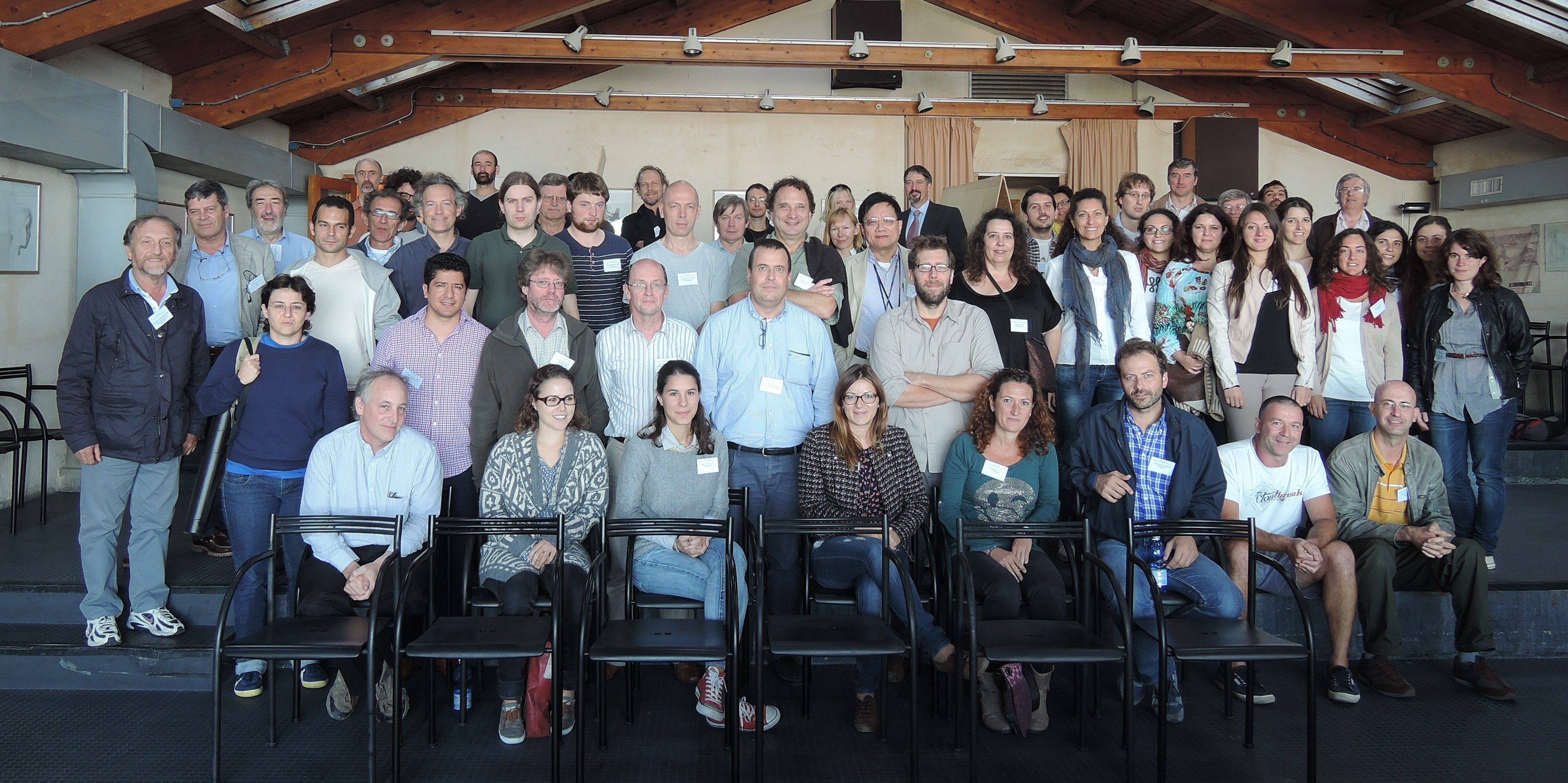 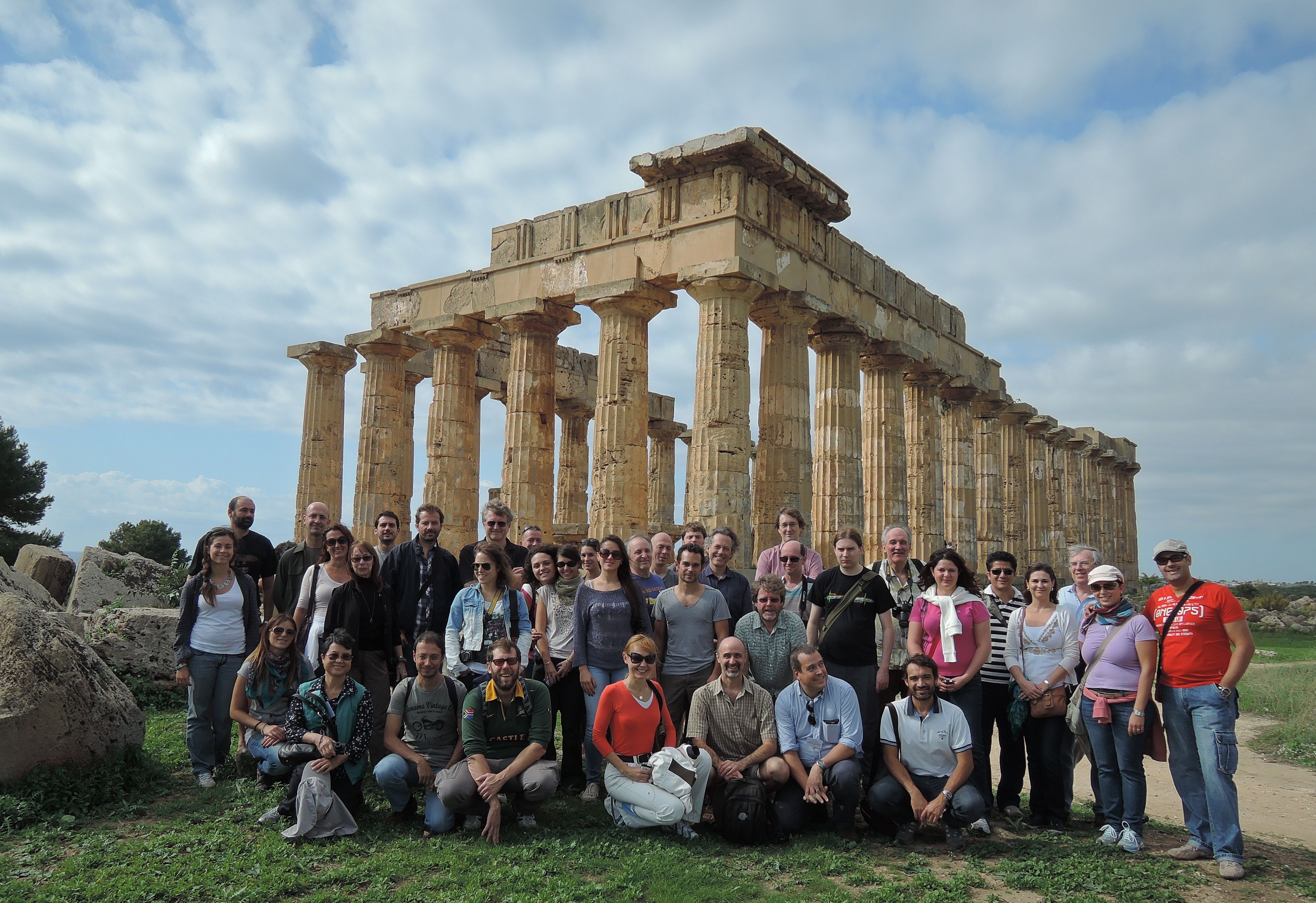 CIBRA Home Page
|

